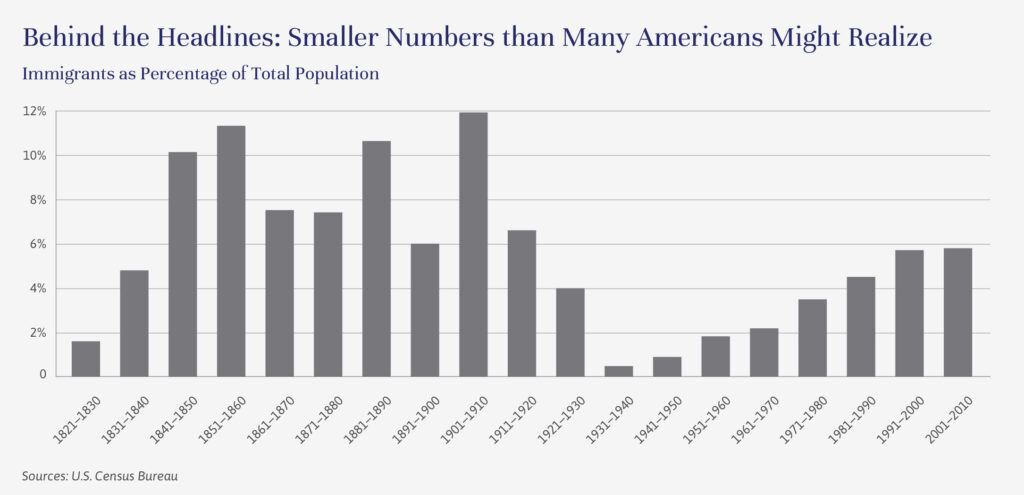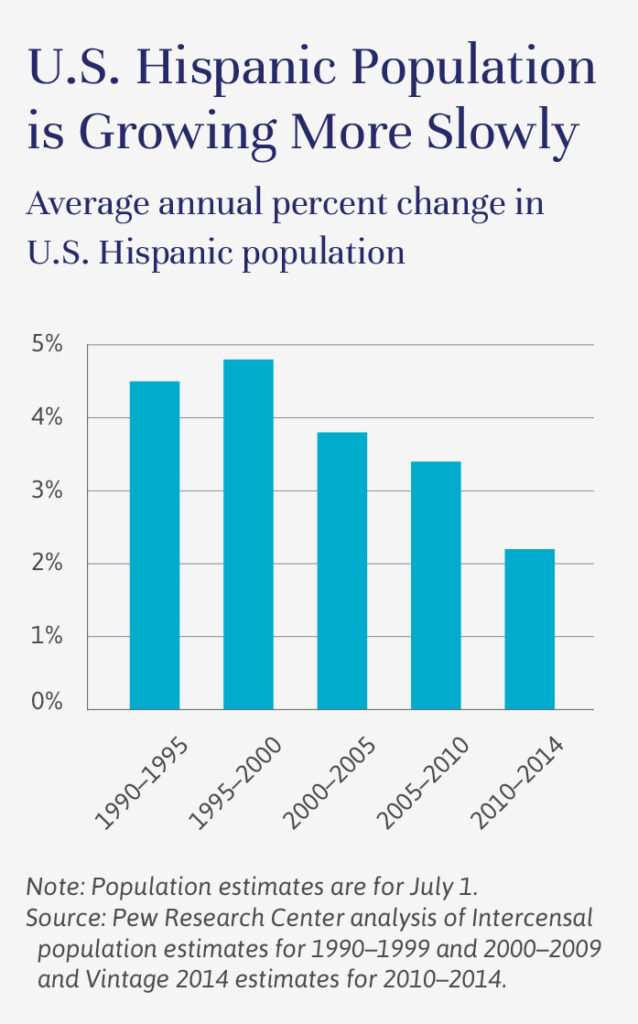
Independent Thinking®
The Economics of Immigration
January 28, 2016
The world is on the move. Today, there are 244 million people living outside their country of birth, the highest figure ever recorded, an increase of 71 million people since 2000. The global refugee crisis, along with security concerns that have escalated sharply since the attacks in Paris and in San Bernardino, California, are testing the best of immigration policies.

Lost behind the headline rhetoric on immigration and refugees, however, is the demographic evidence that migration can be an economic blessing, infusing wealthier but more slowly growing populations with new blood and willing workers.
Although the United States is not aging as rapidly as almost all other developed countries, we can also benefit from increased immigration. Naturalized U.S. citizens have the highest rate of homeownership in the country. Immigrants of all races are more likely to be self-employed compared to their U.S. born counterparts and are a significant force in creating jobs. Indeed, foreign-born workers, who represent 17% of the U.S. total workforce, are more likely to be employed than U.S.-born workers. They comprise a substantial proportion (19%) of the 14.6 million self-employed workers. 1
Unfortunately, and despite repeated assertions that the country is being overrun with immigrants, the reality is that immigrants currently represent only a relatively small proportion of the total population of the United States (see chart on page 18).
The rate of increase in the Hispanic population, which had been a key driver in U.S. population growth, has slowed considerably, reflecting fewer entrants and increased emigration (see chart to the right). It would not surprise us if the size of the Hispanic population stalls or even shrinks as more find opportunities in their home countries. Certainly, it is difficult to see any economic rationale for building a wall along the southern border of the United States.
For several years now, the main region of origin for immigrants is Asia. Not only are Asian Americans the fastest-growing racial group in America, they are the best-educated and highest-earning group of recent immigrants. Nearly half of Asian Americans 25 years old and over have a bachelor’s degree or higher, nearly double the U.S. average. The figure for recent Asian immigrants is even more impressive, with 61% in possession of a college degree. Median annual household income is $66,000, compared to $49,800 for the general public. 2
It is very positive, therefore, that 73% of Asian American immigrants say that the opportunity to get ahead is better in America, versus 5% who think it is better in their country of origin. 3

It’s also worth noting that Muslims as a group account for just 1% of the total U.S. population but 10% of all U.S. doctors, according to the American Medical Association.
In short, it’s pragmatic to welcome immigration. It’s never easy; just about every generation of Americans since the country’s founding has struggled with integrating large numbers of migrants who are very different from the existing populations. But the economic case for continuing to do so is clear.
Editor’s note: Richard (Dick) Hokenson is the Head of Global Demographic Research at Evercore ISI and a pioneer of the application of demographics to economic and financial market forecasting.
1,2 Pew Research
3 “A Place to Call Home” at http://www.publicagenda.org/pages/immigrants
